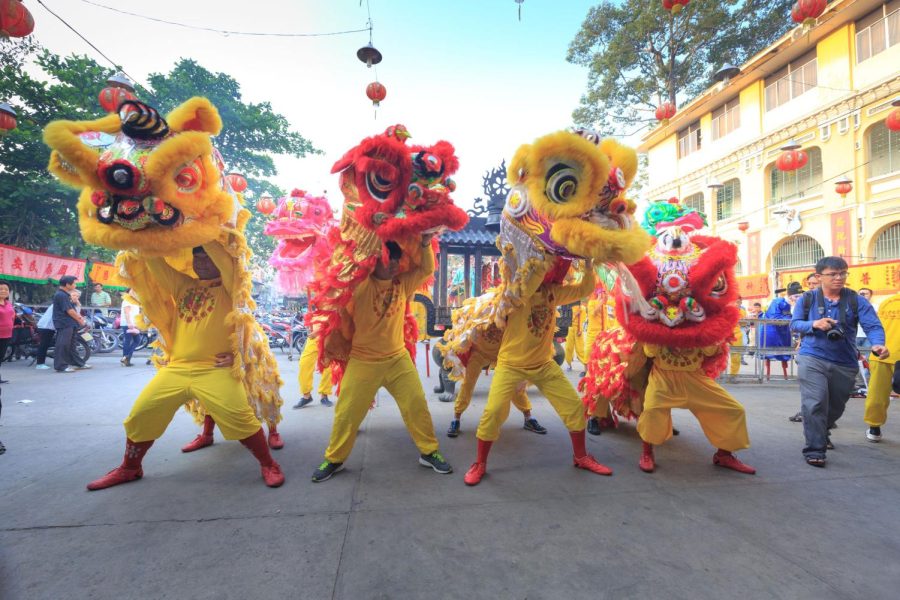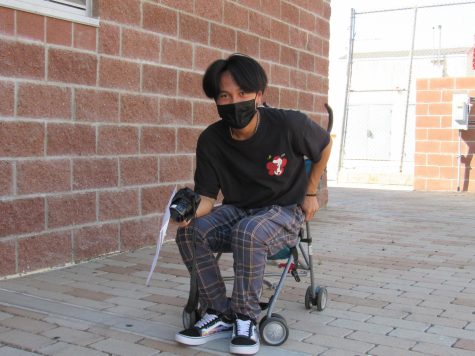Chúc Mừng Năm Mới
February 1, 2022
My culture is one of the oldest cultures in Southeast Asia and is heavily influenced by Chinese culture. They started off by using Chinese characters when they write, but the French influenced the use of the Latin alphabet.
Vietnamese culture has traditional clothing. Back in the 16th century, clothing was one of the most important marks of social status and while it was one of the most important marks, strict dress code laws were made because of that. As of today, there are no strict dress codes but the most popular outfit is the Áo dai. If you put a straw hat (Nón lá) with the Áo dai, it looks even better. If you do not know what an Áo dai is, it’s a traditional garment that anyone can wear these days. Vietnamese women love wearing it, even some of the Vietnamese men love wearing it too.
Vietnamese culture is heavily influenced by Chinese culture because everything from the Chinese culture inspired the Vietnamese culture. Martial arts, music, practically everything that came from Chinese culture because Vietnamese culture followed the 1000 years of Northern rule. However, Vietnamese culture has stuck to some of its old traditions/roots and that’s what I love about my culture.
Despite the changes in Vietnamese culture, there are values that are very important such as respecting your family and community, ancestor veneration, manual labor, and living in peace harmony with mother nature. The reason why respecting your family and community is important is because it teaches you the lesson of family above all else. It teaches you how to be more loving and caring towards your elders. Ancestor veneration is basically the same thing as respecting your family and community, but to the ones that have been deceased. Manual labor is important in Vietnamese culture because many Vietnamese people back then had to work in order for their family to have good lives.
The last thing about Vietnamese culture is that they love celebrating Têt (which is lunar new years) every time between January and February. This culture loves setting up festivals just for that, and they start at the end of January and end at the first week of February. Back in the day, Vietnamese culture used to celebrate Têt for 15 days.


